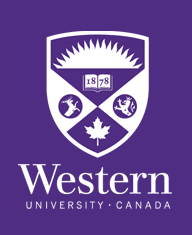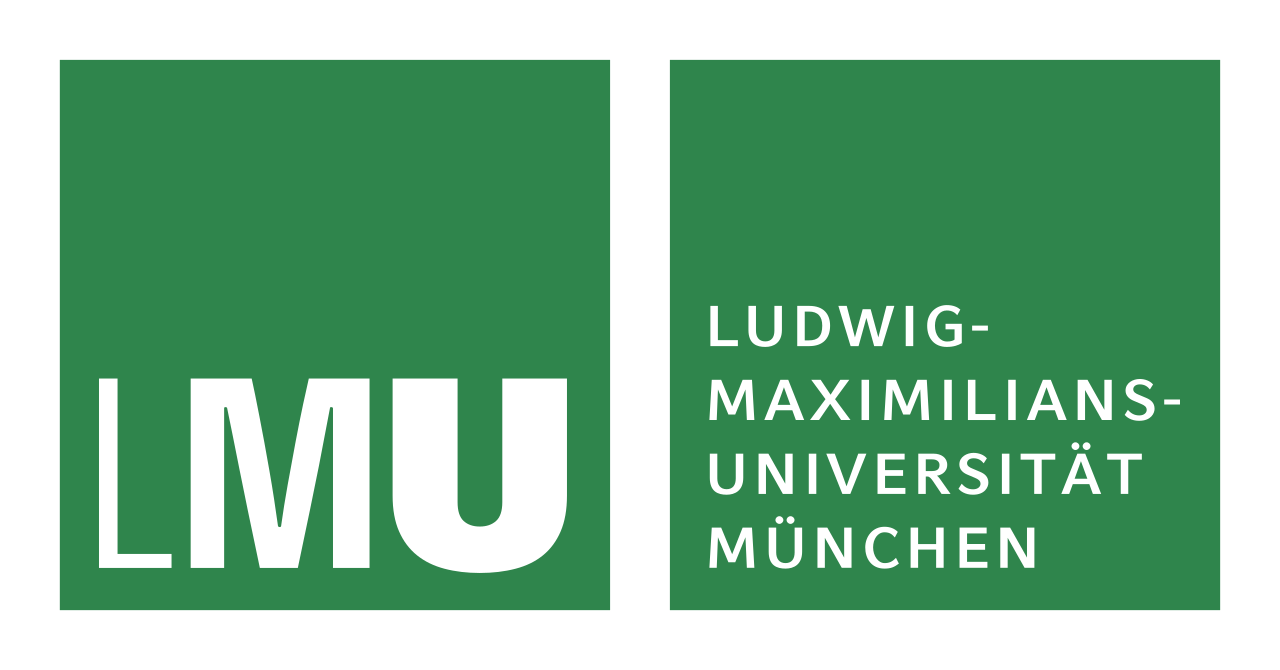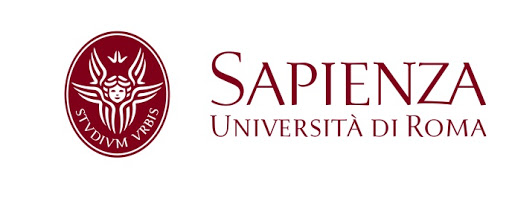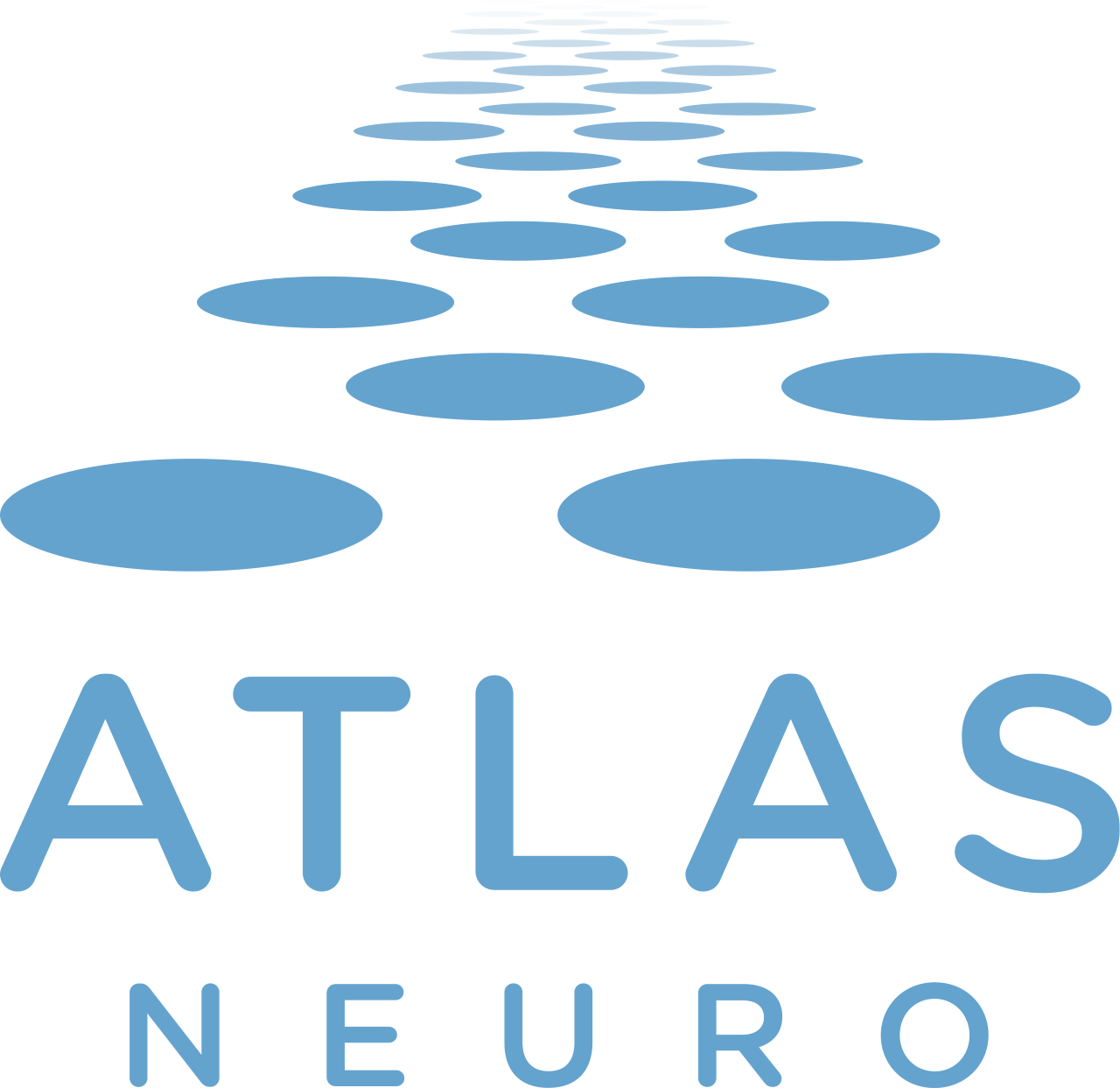ESR 12
Feedforward and feedback circuit mechanisms in the visual system
- Early Stage Researcher 12 (ESR 12) name: Mahyar Doost
Email address: Mahyar.doost@newcastle.ac.uk
Personal Information:
Qualifications:
MSc in Biomedical Engineering, 2021 at KNTU University, Tehran, Iran BSc in Biomedical Engineering, 2018 at Shahed University, Tehran, Iran
Research of interest:
Signal processing, visual neuroscience, Attention
- Host Institution: Newcastle University
- Planned secondments:
(1) The Foundation for Research and Technology, Hellas (FORTH), Greece: June to July 2024
(2) University of Fribourg, Switzerland: August 2024
- Supervisors: Prof A. Thiele, , Prof M. Schmid
- Project title: Feedforward and feedback circuit mechanisms in the visual system
- Project description:
Visual attention affects perceptual behaviour by improving perception to an attended location or feature in visual field. However, this attentional state is not constant and is likely to vary within an attentional condition. So, a question arises why does our attention wax and wane even on short time scales and whether such waxing and waning is linked to conscious perception and report.
In this study we aim to understand what causes failures of perception and consciousness, whether it can be linked to failure of processing in specific brain areas or whether failures occur simultaneously across brain areas. We will determine whether local activity fluctuations (associated with failure or success) are affected by changes in global brain states.
A key recent discovery from our lab shows that ensemble neural activity in single cortical columns spontaneously transitions between phases of vigorous (On) and faint (Off) spiking. These local On-Off dynamics, as well as their coordination across areas, are modulated by global arousal and selective attention, and the momentary On-Off phase predicts detection of visual stimuli and reaction times. The mechanisms regulating interactions between global states and local circuit states remain largely unknown. Here we ask how global and local brain states affect intra-area and interareal communication (bottom-up and top-down pathways), and how this impacts conscious perception.
We will address this knowledge gap using trained macaque monkeys who will perform a task that combines feature based spatial attention with difficult change detection and associated perceptual report. We will investigate whether alignment of local brain state within and across cortical columns in macaque areas V1, V4, and the dorsolateral prefrontal cortex affects conscious report, whether this alignment is linked to 'ignition', and to what extent they depend on cholinergic and noradrenergic neuromodulation. To this end specific layers and neurotransmitter systems within V1, V4, and the dorsolateral prefrontal cortex will be targeted using high density recording probes, optogenetics and local drug application. Neurons in different cortical layers across different levels of the visual hierarchy will be investigated with respect to visual response and decision related while V1 is optogenetically manipulated. Finally, Neuropharmacological studies will determine which transmitters are involved in feedforward/feedback communication, and how these transmitters operate during attention.
The data will be uniquely suited to test a prominent theory of the neural basis of consciousness, which argues that stimuli reach awareness if their representation propagates from lower to higher cortical areas, and if they can “ignite” an ongoing activation (so called 'ignition'). The assumption is that this allows activity reverberating through recurrent connections between areas, resulting in a 'global workspace'. The propagation can fail at each successive stage along the cortical hierarchy. According to a related theory, the Information Integration Theory conscious perception vs. its failure is determined by quantifiable differences in brain state complexity, which we can equally test with our data set.
Contact: email Prof Thiele, email Prof Schmid
















